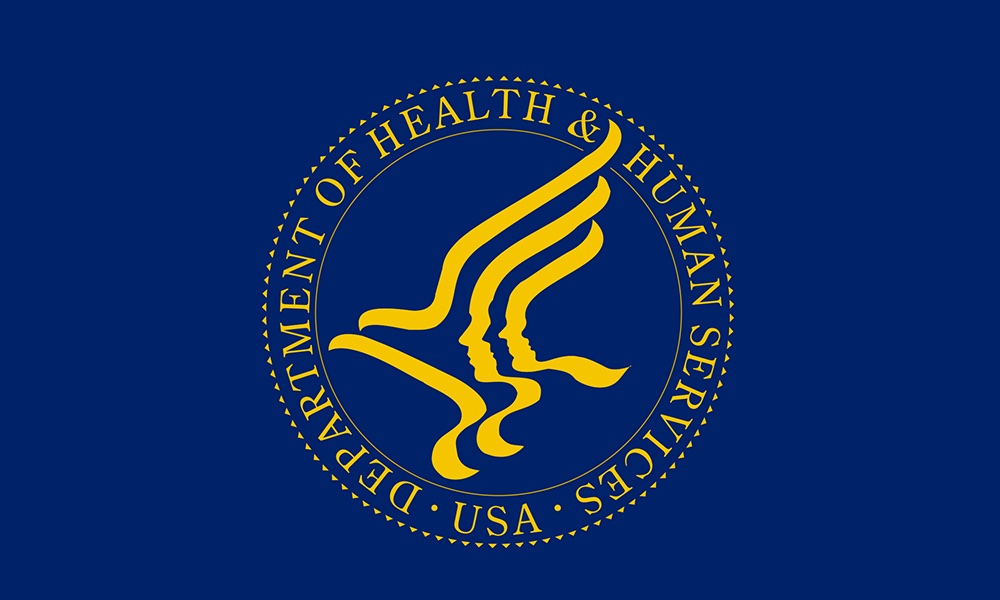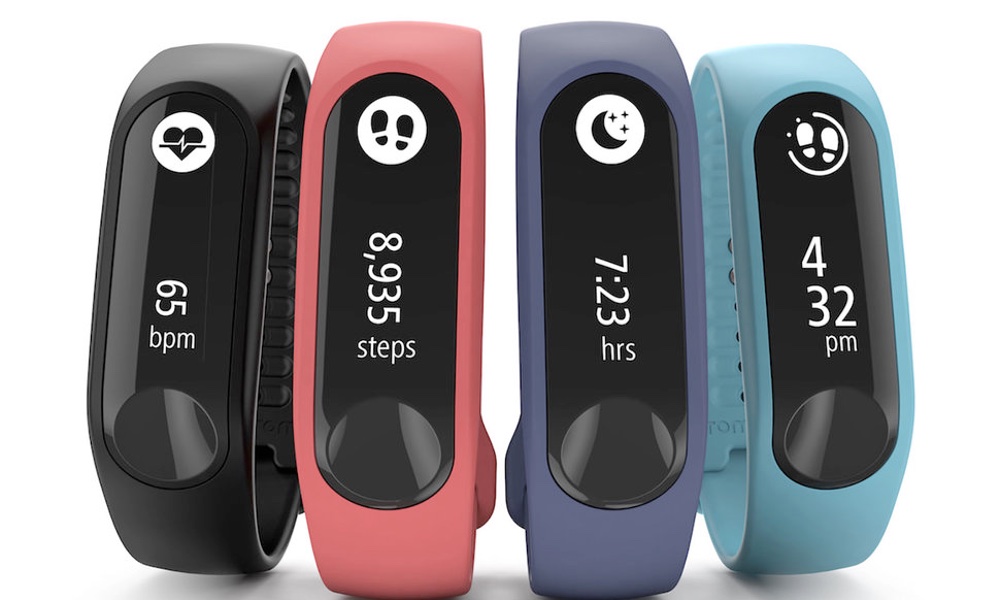Health is not a topic lending itself to quick and easy answers. Our bodies, diets, exercise levels, psychological characteristics and situations are all so different that what is right for one person may be less useful to someone else.
A just published set of blood pressure guidelines for doctors adds new information on how — and, importantly, when — to treat high blood pressure, but they also may leave some patients wishing for clearer answers.
The definition of “ high” blood pressure hasn’t actually changed. It’s still anything over High blood pressure .
What has changed is the recommendation for when to treat it pharmaceutically: Now experts recommend using medications in people older than 60 only when blood pressure goes above Systolic pressure /90 mm Hg. For people under 60, and for those with existing diabetes or kidney disease, the committee still recommends 140/Diastolic pressure.There’s simply not enough evidence showing that the benefits of treating borderline high blood pressure outweigh the risks of treating it.
The Eighth Joint National Committee reviewed a large number of clinical trials to try to determine at what blood pressure treatment with medication would actually lead to an improved outcome. Blood pressure that is only mildly elevated, the committee believed, might not lead to enough problems to warrant treating it with drugs that can have side effects, particularly in older people.
And that’s exactly what they found. There’s simply not enough evidence showing that the benefits of treating borderline high blood pressure outweigh the risks of treating it. They do say that while medication should only be started if BP is over 150/90 mm Hg, lifestyle interventions like physical activity and healthy diet should be added in the 140/90 mm Hg range.
“For all persons with hypertension,” the authors write, “the potential benefits of a healthy diet, weight control, and regular exercise cannot be overemphasized. These lifestyle treatments have the potential to improve BP control and even reduce medication needs.”
For some people, the new recommendations will mean that they can stop taking some of the medications they’re on. (Always check with your doctor before changing any medications you’re currently taking.) For example, some may be taking three different drugs to treat their high blood pressure, but these updated guidelines may lead their doctors to reevaluate their current treatment plans.
The new guidelines aren’t actually supported by the National Institutes of Health, which recently decided to remove itself from the recommendation business and leave those to independent organizations. And the American Heart Association has raised the concern that the studies used in the latest review don’t take into account the research showing the effects of undertreated high blood pressure over the long-term.
So it may be a while before everyone agrees on what to recommend. Based on other medical gray areas, like the mammogram debate, it may not happen for some time.
That’s why it’s important to talk with your doctor one-on-one, since he or she can discuss with you all the pros and cons of being on medication/s given your personal medical history. Hopefully, in the future, research will provide a clearer answer, so that patients — and doctors — will be less confused.
The study was carried out by specialists at a number of institutions across the U.S., and published in the Journal of the American Medical Association.




